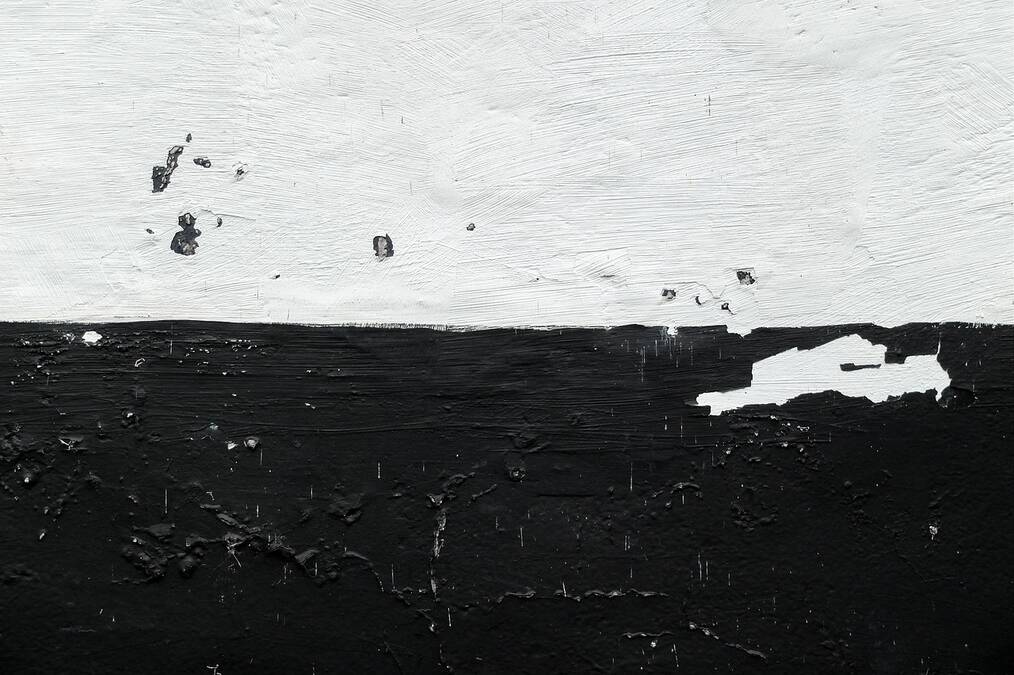
The Truth About Low-Cost Painting Quotes: What You’re Really Paying For
We’re breaking down why cheap painting quotes cost more in the long run—and how to spot the difference between real value and a potential headache. While everyone loves a good deal, when it comes to professional painting services, the cheapest option often brings unexpected consequences.
From shortcuts in prep work to poor product quality, bargain-rate painters can leave you with sloppy finishes, early repainting, or even damage to your property. What looked like savings on day one can quickly turn into costly repairs or full do-overs.
In this post, we’ll explore what really gets cut to offer a lowball quote, how cheap work affects your space over time, and what to look for in a professional who delivers quality without cutting corners.
Let’s take a closer look at what you’re really paying for and what you’re risking when you choose the cheapest painter on the list.
Why Cheap Painting Quotes Are Rarely a Good Deal
A surprisingly low quote might catch your attention, but before you sign the dotted line, it’s important to understand what’s being left out. Often, that “deal” costs far more than it saves.
What Gets Left Out of the Price
Budget painting crews have to cut corners somewhere. That usually means:
- No or minimal prep: No sanding, caulking, priming, or patching means the paint won’t adhere properly and will fail faster.
- Low-quality or diluted paint: Bargain crews may use cheap paint or stretch quality products by thinning them with water.
- Shortcuts on coverage: One rushed coat instead of two, and no time for proper drying or touch-ups.
Common Corner-Cutting Tactics
When price is the priority, professionalism often takes a back seat:
- Untrained or underpaid labor – Crews may not be experienced or invested in quality.
- Rushed jobs – Faster work means less attention to detail.
- No warranty or follow-up – Once the job is “done,” you’re on your own if issues arise.
When the Price Seems Too Good to Be True…
It probably is that:
- You’ll likely need to repaint much sooner, which means doubling the investment.
- Fixing sloppy work often costs more than doing it right the first time. That includes sanding, priming, and repainting, all over again.
The Long-Term Costs of Low-Quality Paint Jobs
What seems like a cost-saving decision today can become a recurring expense tomorrow. Cheap painting isn’t just about aesthetics, it can lead to serious issues down the road.
Premature Wear and Repainting
- Cheap jobs often need to be redone in just 1–2 years, especially when surfaces weren’t properly prepared or sealed.
- A professional job using quality materials and thorough prep can last 5–10 years or more, depending on the environment.
Property Damage or Structural Issues
- Poor prep leaves cracks, mildew, and moisture-prone areas unaddressed, eventually causing rot, peeling, or water damage.
- Lack of coverage or masking can result in paint splatter on furniture, flooring, or fixtures, and even damage HVAC vents or switches if painters don’t protect them properly.
Missed Opportunity to Boost Value
- A rushed or sloppy paint job won’t impress future buyers or your neighbours.
- Professional finishes, premium paint, and color consultations can actually increase curb appeal and resale value, especially in high-traffic or public-facing areas of your home or business.
What to Look for in a High-Quality Painter
Not all painting contractors are created equal. When comparing quotes, look beyond the number and dig into what’s included, who’s doing the work, and how they stand behind it.
Transparent Estimates and Contracts
- Detailed quotes should outline labor, materials, surface prep, number of coats, and cleanup procedures.
- Look for a clear payment schedule, avoid anyone asking for large upfront payments or full payment before the job begins.
Proof of Credentials
- A true pro is licensed and insured, protecting both you and your property.
- Ask for references, written warranties, and a signed agreement. These are standard practices, not special requests.
Experience and Professionalism
- Quality painters show up on time, treat your space with respect, and communicate clearly throughout the project.
- They take prep seriously, use trusted paint brands, and know how to work efficiently without rushing.
How to Evaluate Quotes Without Falling for the Cheapest
A smart comparison goes beyond just looking at the bottom line. The key is understanding why one quote is lower and what it may leave out.
Compare More Than Just the Number
- Ask for breakdowns of materials, prep work, labor hours, and the number of coats.
- Evaluate warranties, timelines, and cleanup details.
- Don’t just ask “What’s the total?” Ask “What’s included?”
Ask the Right Questions
Before choosing your painter, get clarity on:
- How many coats of paint are included?
- What kind of surface prep is being done?
- Who is actually doing the work, employees or subcontractors?
- Is cleanup and disposal included?
These answers can quickly separate true professionals from budget bidders.
Consider the ROI
- A professional job protects your home, increases value, and lasts longer, saving you money in the long run.
- Repainting every 2 years due to shortcuts costs far more than a durable, high-quality finish that lasts 8–10 years.
Don’t Let Price Fool You
At first glance, a cheap painting quote might seem like an easy win. But as we’ve shown, why cheap painting quotes cost more in the long run comes down to one thing: quality. Lower prices often mean skipped prep, poor materials, and rushed labor, leading to early repainting, damage, or regret.
When you choose a professional who values craftsmanship, transparency, and lasting results, you’re not just getting a paint job, you’re investing in your home’s beauty, value, and protection.
Want a quote that’s honest, fair, and built to last? Contact us now to get a professional painting estimate you can trust.






